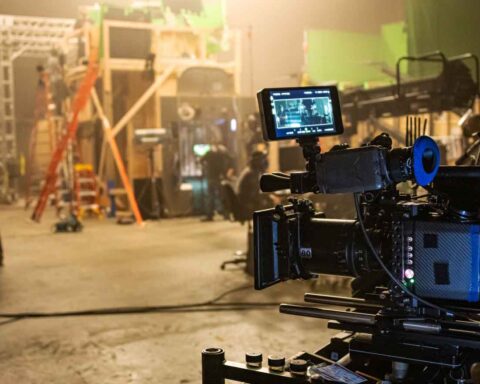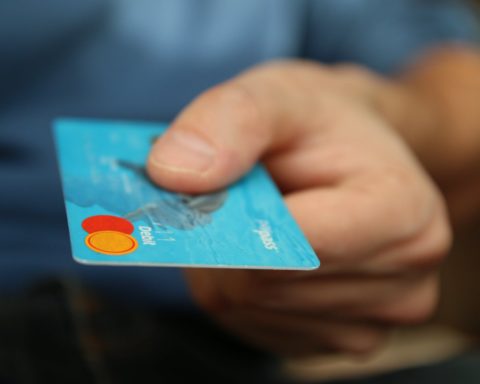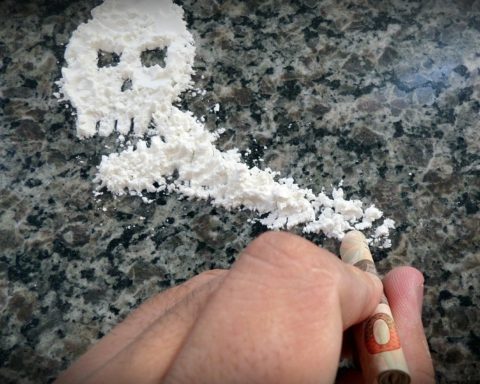What is Petty Cash (PC)?
PC refers to cash that is given to crew members to enable them pay for goods and services that they need to do their jobs without processing the purchase through a purchase order. It’s usually in small amounts ranging anywhere from $20 to a couple of hundred dollars. Crew members have complete control over how their petty cash is spent and sometimes, they might be given petty cash anywhere from $500 to as much as $5,000.
$500 petty cash typically goes to PAs while $1,000 to $5,000 petty cash goes to department heads of property, set dec, set construction, wardrobe, or transpo etc. to cover miscellaneous expenses. Those in transportation may need to purchase gas or basecamp trailer supplies. Props may need to buy paint, tape, books, watches and all kinds of stuff to create the items an actor will hold in their hand. While the wardrobe crew may need to buy fabric, needles, button, or thread.
How petty cash float works.
To get a draw of $1,000 PC, for example, a PC Request is submitted to accounting in your name. The draw goes in the general ledger (GL) so your float and subsequent spend can be tracked. When you are handed $1,000 PC, after you walk out the door and in the accounting system, your PC account is debited (increased) $1,000 and you are now on the hook to explain how you spent the money for production.
If, for example, you spend $700 of the PC received, you will be left with $300 cash and a big pile of receipts detailing what you bought that adds up to $700. What you need to do is tape these receipts onto an 8.5 x 11 sheet of paper to be enclosed in a PC envelope explaining the details of the enclosed receipts. The envelope summary details who you paid, what you bought, the dates you made each purchase, and how much the each receipt totals.
Let’s say you have 15 to 20 receipts that add up to $700. When you turn those receipts in to Accounting, you get $700 credit (decrease) to your $1,000 petty cash float. Now, the $1,000 you originally got reduces to $300 since you have accounted for $700 by turning in the receipts.
If you are turning your float around, in other words, if you still need that $1,000 float, you’d turn in the $700 worth of receipts, after which you will be handed a new $700 pile of cash – because that’s the total amount of the receipts in the envelope you just turned in.
Remember your petty cash account started at $1,000, then you turned in receipts worth $700 (accounting for $700 spent) and crediting (reducing) your PC. When you turned your float around, you are debited (increased) $700, bringing your float back to $1,000.
This all happens in one transaction: the credit of $700 and the debit of $700. It happens at the same time because you turn in your envelope and someone hands you cash that totals the value of receipts in that envelope.
Let’s say the receipts in the envelope actually add up to $712.15 – it’s unlikely that your envelope will be 700 even. When you turn in the envelope, you’ll be given $712.15 for all the receipts. However, for the purpose of simplicity and round numbers I’m using $700 to keep the math simple.
At the end of the show, you should be left with $1,000 worth of receipts and cash, and you will have to settle up to close your petty cash float. If you had spent another $400 after turning your float around, then, you should have $600 in cash and $400 worth of receipts. You would need to turn in your envelope, containing the cash and receipts, to Accounting where you will be given a receipt for the $600 cash you turned in.
It is important to always collect a receipt whenever you turn in cash. If you have no receipt with a person’s signature, a date, an amount, and the name of the person who issued that receipt, then that cash will remain unaccounted for. In other words, you technically still owe $600 if you have no receipt indicating that you turned in $600 cash to Accounting.
So do NOT, as a crew member with PC, ever walk out of accounting when you hand them cash without getting a piece of paper (a receipt) that says, how much you turned in. Going back to our example, your receipt should state that you just turned in $500 in cash.
After this, the Accounting Office credits (reduces) your $1,000 float because you already turned in $600 in cash and $400 worth of receipts. These two transactions; turning cash and a second envelope gets your float to $0 because the cash and receipts account for the $1,000 PC you received.
This is all done in the accounting system and is how accounting keeps track of your petty cash float on paper. They can see the transaction detail (+1,000, -700, +700, -600, -400 = 0) in the GL with a summary total on the balance sheet or trial balance for the show.
The cycle essentially consists of four steps:
- You get a petty cash float.
- You turn in your receipts.
- You turn around those receipts, then get new cash and keep your float at the original amount. This is called: turning your float around or turning your receipts around.
- Finally you turn in your receipts and the cash balance to close out your float – PC account is now $0.
These four steps make up the petty cash cycle for each individual crew member who is given petty cash. Accounting keeps track of all the receipts that you’ve turned in, all the cash you’ve turned in, and the cash you’ve been given from the beginning until the end.
Checking Your Petty Cash Float
If you need to see your balance, you can ask accounting for the general ledger (GL) of your PC account. In this document, you will find information about the requests and envelopes that you’ve turned in, where they’ve been credited (decreased), and where they’ve been debited (increased). You can also see what the final cash you need to turn in to get to zero (if that has not already happened).
So if you ever have a sense that you don’t understand how much money you have been handed, all you need to do is ask the Accounting for a ledger, a GL run, and they can provide you with the information on all your transactions. Remember the GL will give you the bottom line of each envelope (not the detail). You will need to make copies to see that. We recommend CamScanner for making copies of each envelope AND its receipt contents.
Fixing Mistakes in Your Petty Cash Float
If for whatever reason you don’t remember getting cash that’s been assigned to your float, it might be due to a mistake from accounting.
Yeah, mistakes happen, no one’s perfect.
Let’s say for example, you get a general ledger of your PC float saying you were given $1,000. However, you remember receiving only $500, or $700, or some other amount lower than a thousand.
Then, the first thing you need to do is ask for the details of that $1,000 transaction that has been booked into your account. This should help you verify who was assigned that $1,000 and whether your signature is on that transaction.
If your name and signature are on the PC Request, you’re screwed.It’s a 1000 bucks.You signed for it – you took it – you have to account for it or cough up the cash.So if you can’t find it, you’ve got to figure out how to settle that petty cash float or you got to go find that cash.








